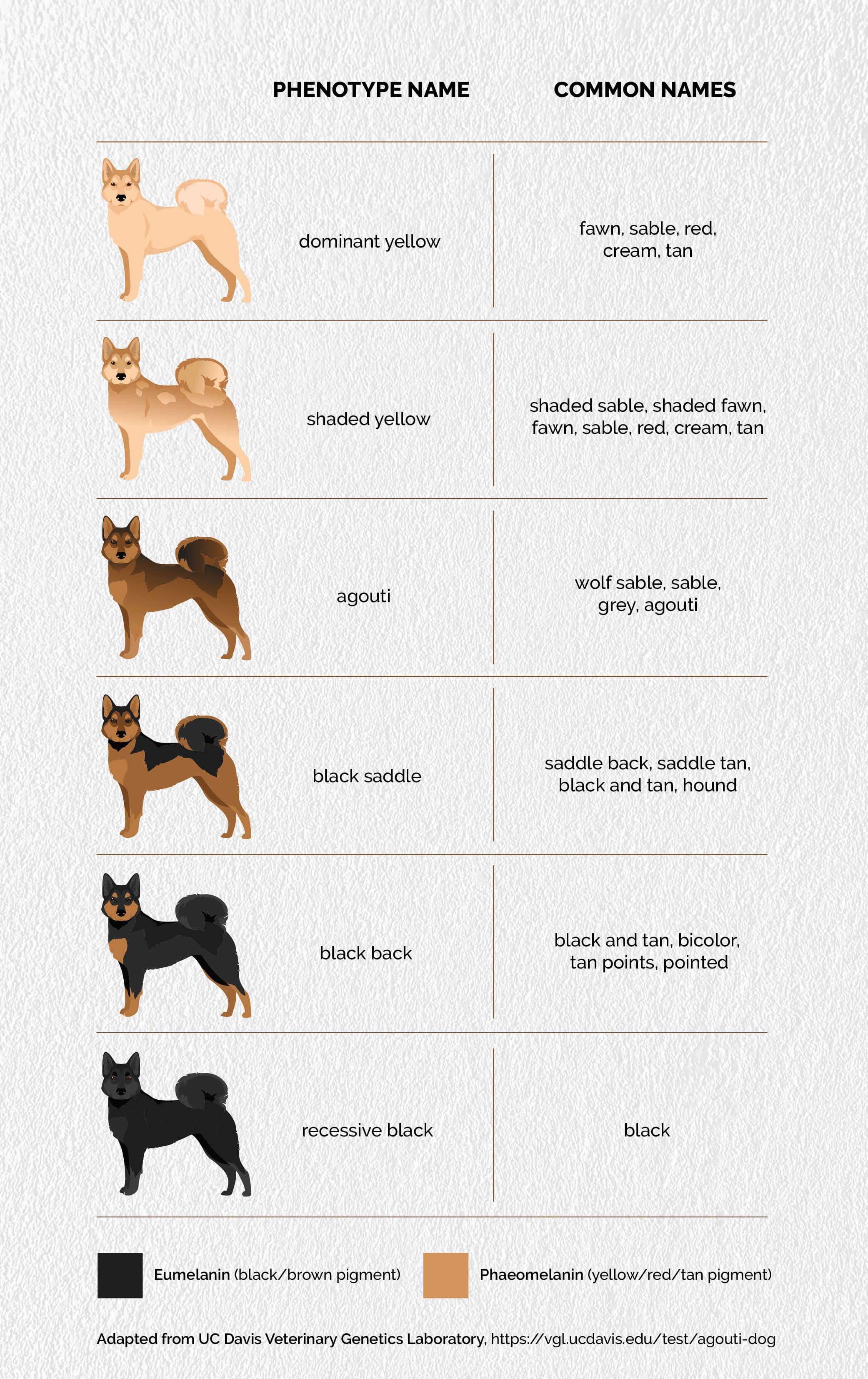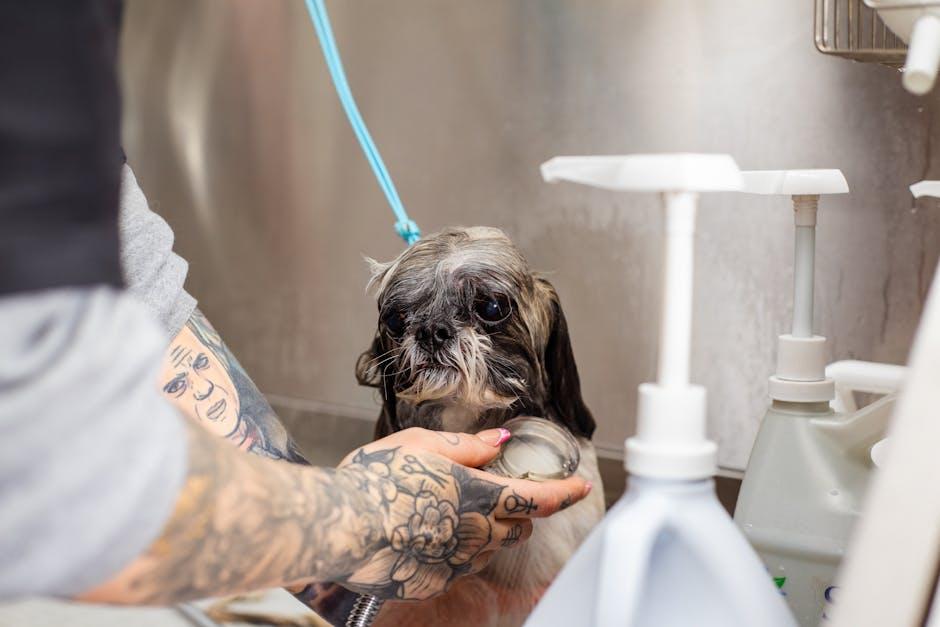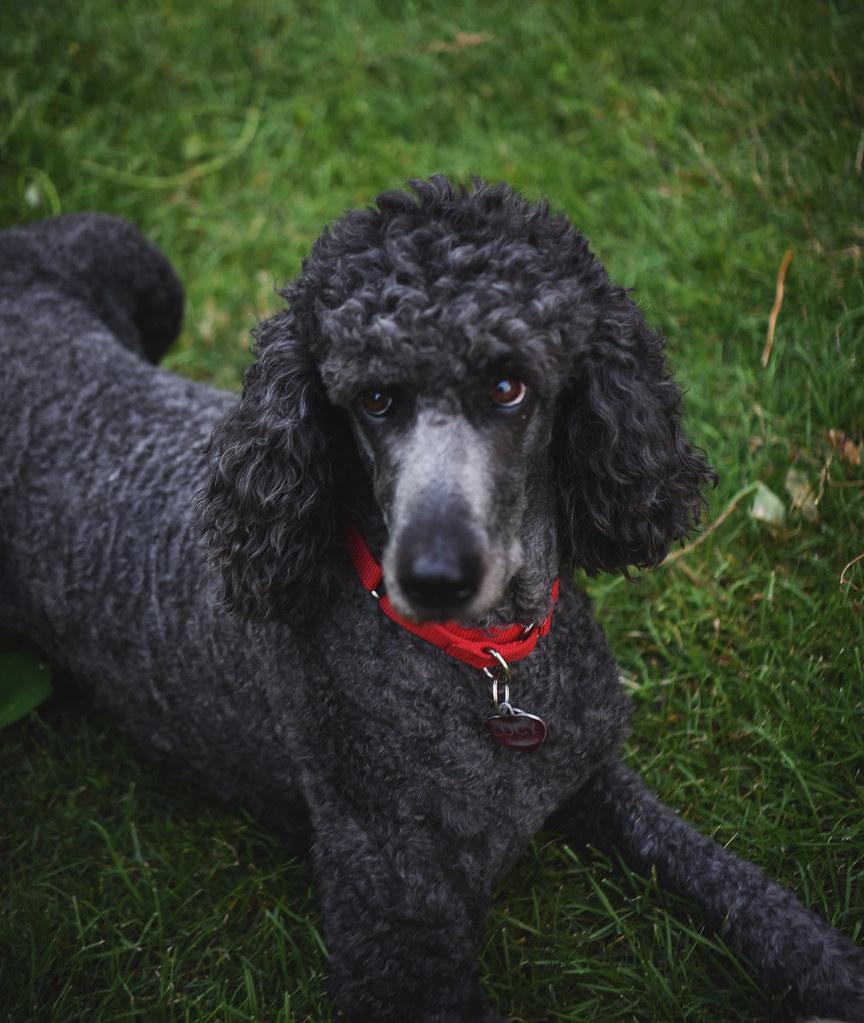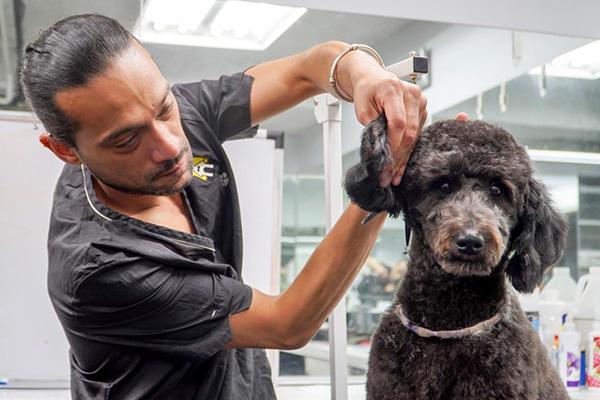Grooming your furry friend is more than just a routine task—it’s an opportunity to bond, ensuring your dog not only looks great but feels great too. Just like humans, dogs have unique grooming needs that vary significantly across different breeds. Whether you have a fluffy Pomeranian or a sleek Greyhound, understanding the specific grooming requirements for your dog’s breed is essential for their health and happiness. In this guide, we’ll explore how often you should groom your dog, providing breed-specific tips to help you tailor your grooming routine to meet the unique needs of your canine companion. Let’s embark on this journey to keep your four-legged friend looking and feeling their best!
Understanding Your Dogs Coat Type and Grooming Needs
Each dog breed has a unique coat type that determines how often they need grooming. Recognizing your dog’s coat type is essential for maintaining their health and appearance. Here’s a guide to help you identify the grooming needs based on your dog’s coat:
- Smooth Coats: Breeds like Beagles and Boxers have smooth coats that require minimal grooming. A weekly brush to remove loose hair and occasional baths will keep them looking sleek.
- Double Coats: Huskies and Golden Retrievers fall into this category. They benefit from regular brushing to manage shedding and prevent matting. During shedding seasons, daily grooming is ideal.
- Curly Coats: Poodles and Bichon Frises have curly coats that need frequent grooming. Regular trims and bi-weekly brushing will prevent tangles and matting.
- Wire Coats: Terriers often have wire coats that require hand stripping or clipping every few months. Weekly brushing will help maintain their texture and prevent tangles.
- Long Coats: Breeds like Shih Tzus and Afghan Hounds have long, flowing coats that need daily brushing to avoid knots and mats. Regular trims can also help manage the length.
Understanding your dog’s coat type and its specific needs not only keeps them looking their best but also ensures their comfort and well-being. A well-groomed coat is a sign of a healthy and happy dog!

Tailoring Grooming Routines for Short-Haired Breeds
When it comes to short-haired breeds, grooming might seem straightforward, but these pups have their own set of needs. While they don’t require the intensive brushing of their long-haired counterparts, regular grooming is still crucial to keep their coat healthy and shiny. Weekly brushing with a soft-bristle brush or grooming mitt helps to remove loose hairs and reduce shedding. This practice also provides an opportunity to check for any skin issues or parasites.
Beyond brushing, maintaining a grooming routine involves other key aspects:
- Bathing: Short-haired breeds typically only need a bath every 4-6 weeks. Use a mild dog shampoo to avoid drying out their skin.
- Nail Trimming: Keep an eye on their nails and trim them every 3-4 weeks to prevent discomfort and potential injury.
- Ear Cleaning: Check and clean their ears every couple of weeks to prevent wax build-up and infections.
- Dental Care: Aim for daily teeth brushing to maintain oral health and fresh breath.
These simple yet effective steps ensure that your short-haired companion stays looking their best while also promoting their overall well-being.

Long-Haired Breeds: Essential Grooming Techniques and Frequency
Long-haired dog breeds, such as Afghan Hounds, Shih Tzus, and Yorkshire Terriers, require diligent grooming routines to maintain their luxurious coats. These breeds benefit from regular grooming sessions that not only keep them looking their best but also ensure their health and comfort. Here are some essential techniques and recommended grooming frequencies to keep in mind:
- Brushing: Daily brushing is crucial to prevent tangles and mats, which can cause discomfort and skin issues. Use a slicker brush or a comb designed for long-haired dogs to gently work through their fur.
- Bathing: Bathe your long-haired dog every 4 to 6 weeks, using a gentle, dog-specific shampoo. Frequent baths can strip their coat of natural oils, so balance is key.
- Trimming: Regular trimming around the eyes, paws, and sanitary areas helps maintain cleanliness and comfort. Schedule professional grooming every 6 to 8 weeks for a full trim and coat shaping.
By adhering to these grooming techniques, you not only enhance the beauty of your long-haired companion but also contribute to their overall well-being. Consistent care makes grooming a pleasurable bonding experience for both you and your dog.

Special Considerations for Curly and Double-Coated Dogs
Caring for curly and double-coated dogs requires a thoughtful approach, as their unique fur types demand specific attention to maintain their health and appearance. Curly-coated breeds, such as Poodles and Bichon Frises, benefit from regular grooming to prevent matting and tangles. Frequent brushing, ideally every few days, keeps their curls soft and manageable, while a professional trim every 4-6 weeks helps maintain the coat’s shape and prevent overgrowth.
- Use a slicker brush to gently detangle curls.
- Consider using a detangling spray to ease the brushing process.
- Ensure regular ear cleaning, as curls can trap moisture.
For double-coated breeds like Huskies and Golden Retrievers, grooming is essential to manage shedding and promote skin health. These dogs often experience seasonal shedding, known as “blowing coat,” which can be intense. Weekly brushing helps reduce loose fur and distribute natural oils, while a more thorough grooming session during shedding seasons will keep their coat in top condition.
- Opt for an undercoat rake to reach the dense underlayer.
- Avoid shaving the coat, as it can disrupt natural temperature regulation.
- Regular baths, every 6-8 weeks, can help control odor and excess shedding.

